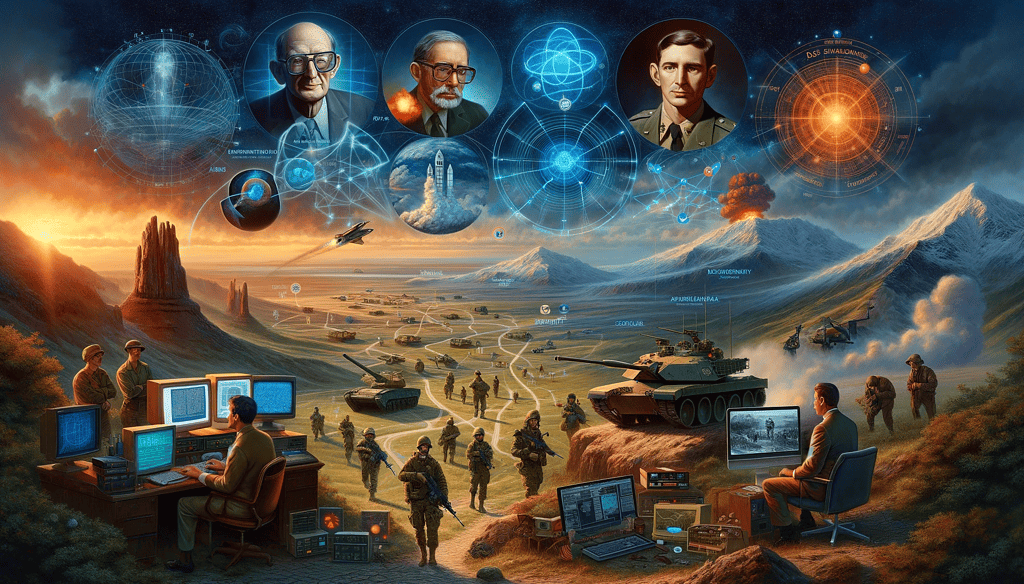

One of the most important figures in the history of the military metaverse is JCR Licklider, also known as "Lick". Although he is little known, he made a decisive contribution to the development of modern computing. Licklider was a visionary scientist who already had the idea of a networked world in the 1960s.
Licklider was commissioned by the Defense Advanced Research Projects Agency (DARPA) to look for ways in which computers could be used to solve complex problems. He recognized the potential of a networked infrastructure and developed the concept of the "Intergalactic Computer Network", which later became known as the Internet.
Using the Internet Protocol (IP), Licklider created a basis for data exchange between computers, laying the foundation for the military metaverse. His work paved the way for the development of networks that made it possible to transfer information in real time and create virtual worlds.
Another important contribution to the development of the military metaverse was made by Ivan Sutherland. Sutherland is regarded as one of the most influential computer scientists ever and made a significant contribution to the development of interactive computer graphics.
In the 1960s, Sutherland developed the "Sketchpad" program, which is considered the first interactive computer drawing program. Sketchpad allowed users to draw and manipulate objects directly on a screen. This groundbreaking technology formed the basis for today's computer graphics and also had a major influence on the development of the military metaverse.
Another crucial figure in the history of the military metaverse is Bob Taylor. Although he is largely unknown, his work was of great importance for the development of the Internet.
Taylor was one of the researchers involved in the development of ARPANET, the forerunner of today's Internet. He recognized the potential of computer networking early on and worked to make this technology accessible to the general public.
In an interview, Bob Taylor spoke about the early days of the internet and the challenges he faced. He explained how the military metaverse was driven by the idea of a decentralized network that made it possible to exchange information securely and quickly.
An important milestone in the development of the military metaverse was the combination of military technology and online games. Dr. Michael Zyda played a crucial role in creating this connection.
Zyda developed the Simulation Network (SIMNET), a virtual network that enabled the military to simulate tactical scenarios in real time. This technology formed the basis for the development of online games that enabled players to compete against each other in virtual worlds.
A documentary reconstructed the Battle of 73 Easting, the first tank battle to be captured in real time and then endlessly simulated using SIMNET. This reconstruction illustrated the powerful connection between military technology and online gaming that shaped the military metaverse.

Are you interested in developing a virtual reality or metaverse application? You may still have questions about budget and implementation. Feel free to contact me.
I am looking forward to you
Clarence Dadson CEO Design4real






